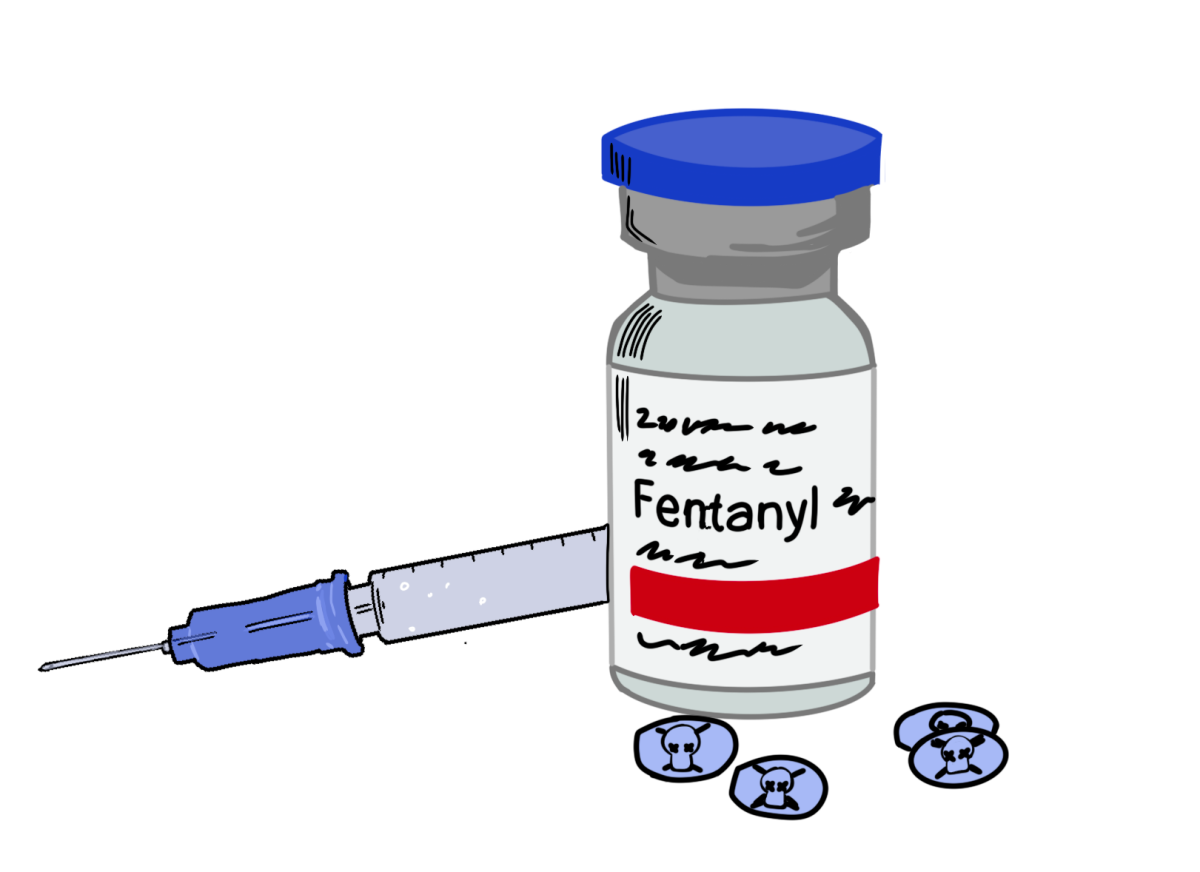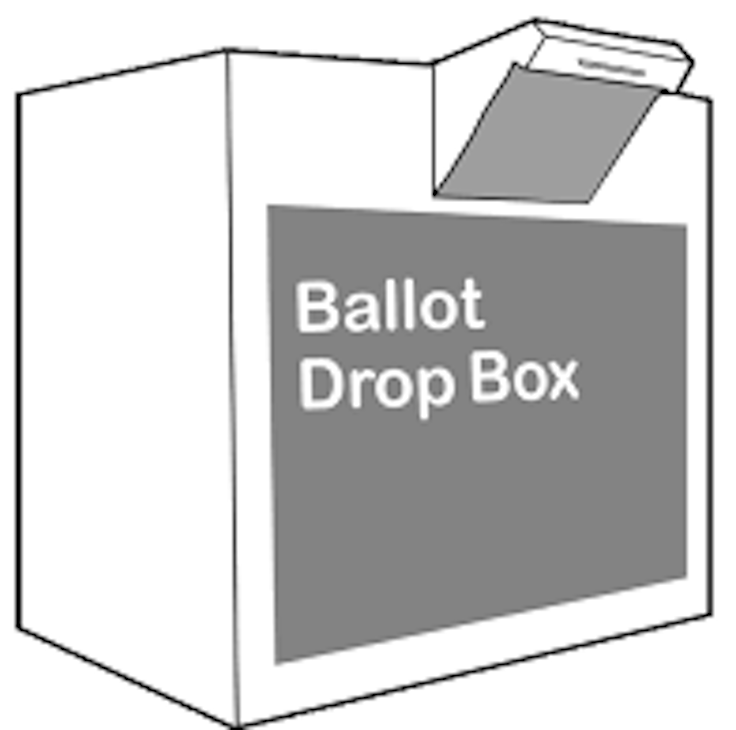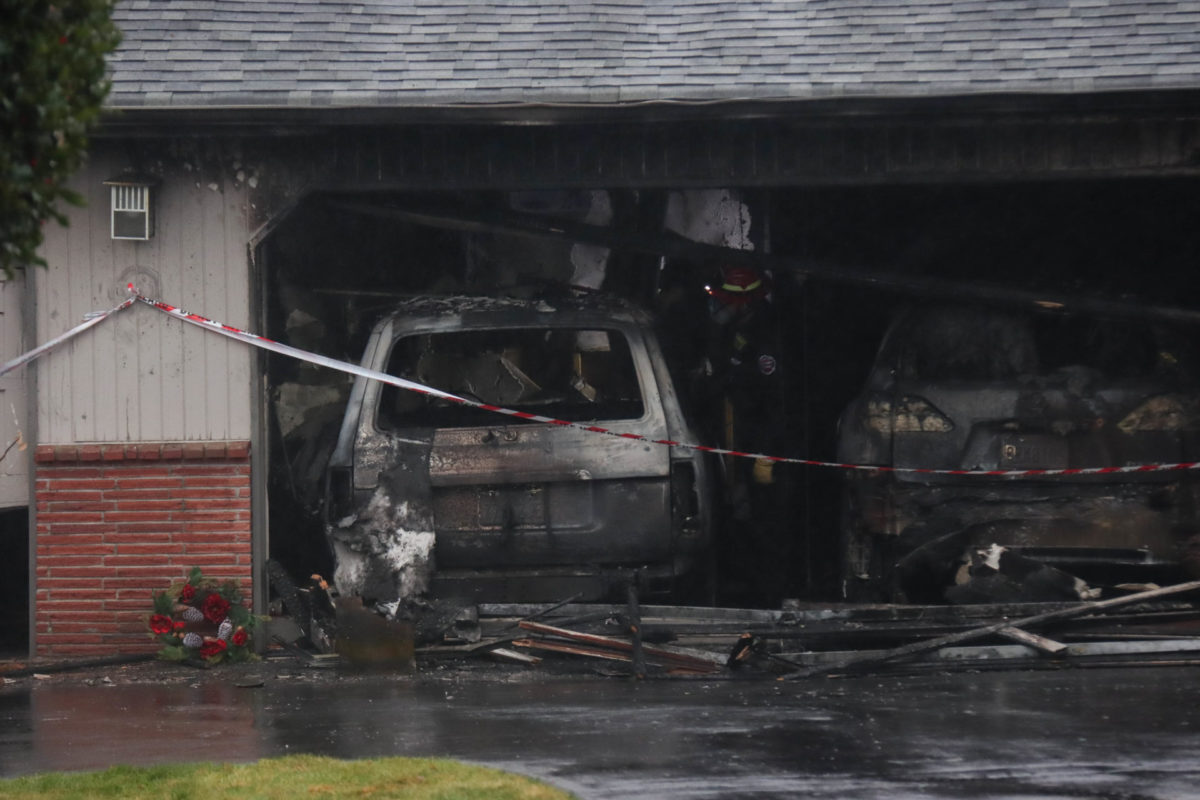The Edmonds School District (ESD) prepares its transportation department for service in snowy weather by putting together snow routes and deciding which individualized routes can be rerouted or have to be canceled. A decision is then made on what routes the buses are able to run early in the morning. Students should take extra care when getting to their bus stop the next morning.
Benjamin Mount, the ESD’s Transportation Director, has some advice for students and families trying to get to their bus stop in the snow.
“Students and families should… be prepared to safely access the bus stop by wearing appropriate footwear and warm clothing,” Mount said.
During snowy weather buses are usually chained, causing them to run slower. This makes it likely that students will have to wait longer than usual for their bus in the cold.
However, there is a lot of work done by the Transportation Department before buses ever go out on snowy roads. The first line of defense the department has put together are snow routes.
“Where possible, these routes avoid steep hills and areas which may be difficult to travel in adverse weather conditions,” Mount said.
While this seems simple enough, Mount went on to explain a twist to the district’s plans.
“About two-thirds of our transportation is individualized, meaning that it serves the specific needs of students who have Individual Education Plans (IEPs), Section 504 plans or are in a McKinney-Vento [homeless] or Foster status,” Mount said. “It is not always possible or reasonable to develop limited routes for this kind of transportation.”
On a day when snow is expected, Mount gets an early start.
“We begin checking roads at 3:00 a.m.,” Mount said. “Decision making can be complex when conditions vary widely throughout the district or when conditions are marginal and there is not a clear right or wrong option. Uncertain weather forecasts can also complicate decision-making.”
Mount also discussed how interdistrict communication contributes to whether the ESD determines if the bus routes are safe to operate on a snowy day. However, he emphasized that each district is entirely independent in its decision.
“There is significant communication between our district and neighboring districts. We share what conditions we are observing and discuss how each of our districts plans to approach the situation. However, each district makes its own decision about what it will do,” Mount said.
If the district determines that the bus routes are clear enough to transport students to school safely, a few final preparations are done before the buses roll out.
“We… put a lot of effort into removing snow from buses and clearing the transportation lot,” Mount said. “Drivers put extra effort into pre-trip and post-trip inspections to make sure each bus [is] ready to run.”
Additionally, buses for study clubs, athletic events, field trips, Move 60 or any other extracurricular activity are unlikely to run when snow routes are in use, according to Mount.














